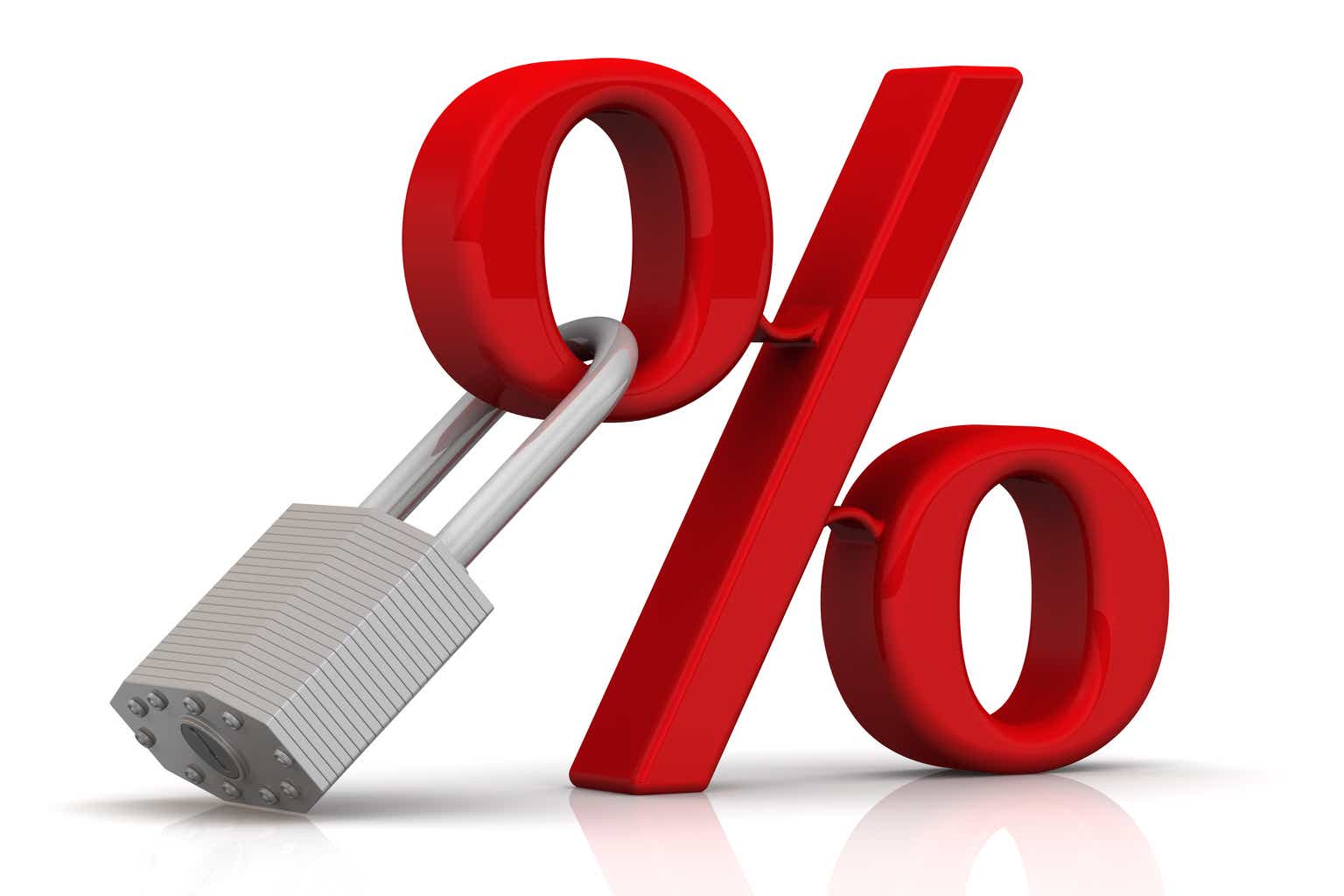The Bank of Canada held its key interest rate steady at 5%, but left the door open for further hikes amid worries over persistent inflation. Anthony Okolie speaks with Maria Solovieva, Economist at TD, about the latest decision and the outlook for rates going forward.
Originally posted on August 6, 2023.
Transcript
Anthony Okolie: Well, as expected, the Bank of Canada kept its key overnight rate steady at 5%. Maria, did anything stand out for you today?
Maria Solovieva: I think, if anything, I was looking at the tone of the message that the Bank of Canada put out. I think everyone expected that this time it will be a pause, but I was interested to see what the bank is thinking about the future.
We also expected it to be more of a hawkish tone or for them to remain hawkish. As you remember back earlier this year, when they paused for the first time, markets really priced in rate cuts, and that actually spiked the activity in the housing market. Also, demand picked up as well, and consumption picked up.
So the bank really wants to remain hawkish and keep that door open for another hike. And that’s what they expressed in their statement today. Although, they did acknowledge that the economy is slowing now. So the economy entered the slowing growth period. So that was interesting.
Anthony Okolie: Okay, and you mentioned the soft Q2 GDP print that we had last week. Do you think the Bank of Canada has done rate hikes for this year?
Maria Solovieva: Yes, we think that they are done. Actually, even before the GDP print we thought that the Bank of Canada will remain on pause for the remainder of the year, but now there is more compelling evidence for that. And again, going back to the previous statements of the Bank of Canada, they were really looking at excess demand and pick up in the housing market apart from inflation, of course, which is the major goal to cool inflation.
But we are seeing those two factors being slower now, and again, more compelling evidence in the GDP report. So the bank is feeling a little bit more comfortable in that sense.
Anthony Okolie: And what are money markets pricing in, in terms of further moves of the Bank of Canada overnight rate this year? I mean, are they pricing in for their hikes or even potential cuts? What are they telling you?
Maria Solovieva: Yeah, so the question more is when the bank will start cutting rates, right? Or how long the bank will remain in the high-rate environment? And so far we’ve seen very marginal, only about 30% of the market is pricing in another hike. So there are still folks who think that it will be one more hike this year.
But the majority are expecting now — about 50% of the market is expecting a cut by July of the next year. But what’s interesting as well is that there was a bit of an easing of those probabilities with today’s announcement because the bank remained hawkish. So we saw a little bit of a move on the cuts expectations going back from 60% priced in to 50% priced in. So you see that movement as well.
Anthony Okolie: Okay now, given your outlook on rates, you’re not expecting the Bank of Canada to hike this year. What’s the likelihood that the Bank of Canada achieves a soft landing for the Canadian economy? Because we have heard concerns about potential recession. But do you think that they can achieve a soft landing?
Maria Solovieva: I mean, it is a possibility. We are truly hoping for that. And we are expecting, even if there is a bit of a slowdown or mild contraction in demand in consumption and GDP going forward, we’re hoping that this still will quantify as — qualify as a soft landing. Now the important thing to remember about what is the soft landing scenario?
It’s really when we can cool the demand for labor without pushing unemployment rate into contraction, so softening without cratering. And that’s very difficult to achieve. So we need to remember there is a really thin margin of error and that’s why the bank will need to be very cautious in that sense.
But we are seeing evidence of that. So for example, vacancy rates. So this is the demand for labor — declined by about 1.5 percentage points since the peak. And the unemployment rate moved up, but only by like half a percent point, just a little bit more than that. So we’re seeing the evidence of that.
On the other hand, wage pressures remain stubbornly high. And if the wage pressure remains high, that means that the businesses will continue to pay for more expensive labor. And that means if demand drops significantly, there is a possibility of massive layoffs. And that’s what we don’t want to see, what the Bank of Canada doesn’t want to see either.
Anthony Okolie: Okay, and now aside from inflation and recession worries, what do you think are the biggest risks right now to the Bank of Canada’s outlook?
Maria Solovieva: In our opinion, it’s household. So as a sector, as we all know and as mentioned numerous times in the monetary policy reports by the Bank of Canada, the renewal cycle, mortgage renewal cycle, has really just begun. We haven’t seen the full effect of all interest rate hikes. The full 475 basis points haven’t really phased in with all households because we have the renewal cycle of roughly five years.
Anthony Okolie: There’s a lag effect.
Maria Solovieva: There is a lag effect in that sense. So we saw a portion of households really feeling the effect and cutting on consumption because they now have to pay more to service their debt. But not all Canadians have seen that yet. So as we move forward, we will see this more and more and potentially even longer than just a short term of the next year. We’re probably going to see those effects staying for several years to come.
Anthony Okolie: Okay, and just quickly, where do you see the loonie going over the next little while?
Maria Solovieva: Well, at this point, because we see interest rate differentials between Canada and the US, there’s really a downward pressure on loonie. So it’s probably going to remain weak for the rest of the year and into 2024, early 2024. There is really no additional factors that we would see even from the price of oil or — which is not a big factor anymore for the loonie. So, definitely weakness in the Canadian dollar.
Anthony Okolie: Maria, thank you very much for joining us.
Maria Solovieva: Thank you very much for having me.
Original Post
Read the full article here












Leave a Reply